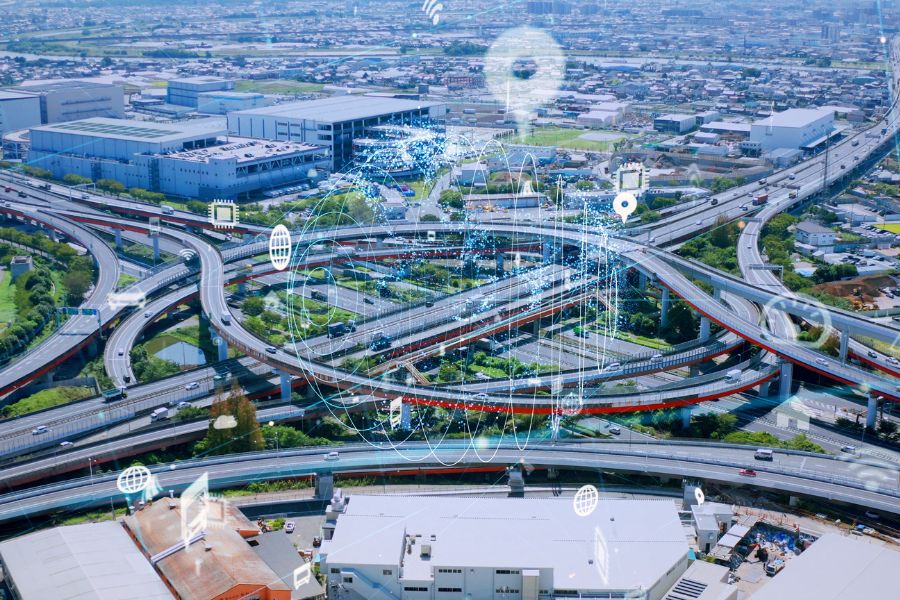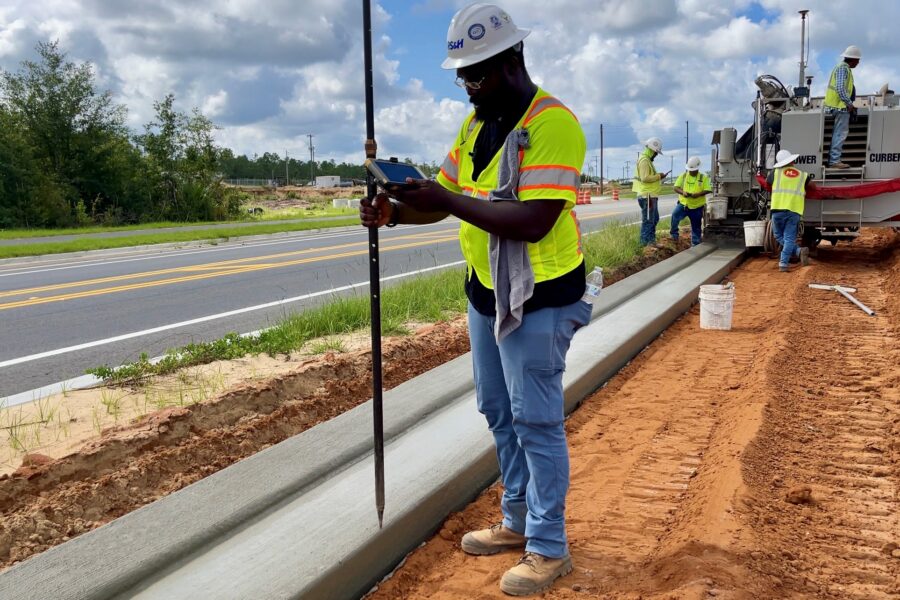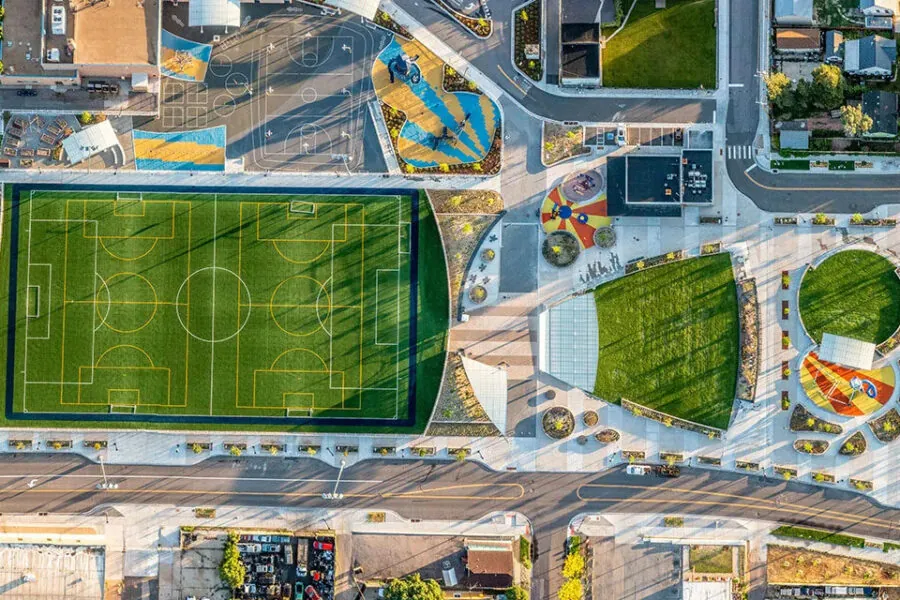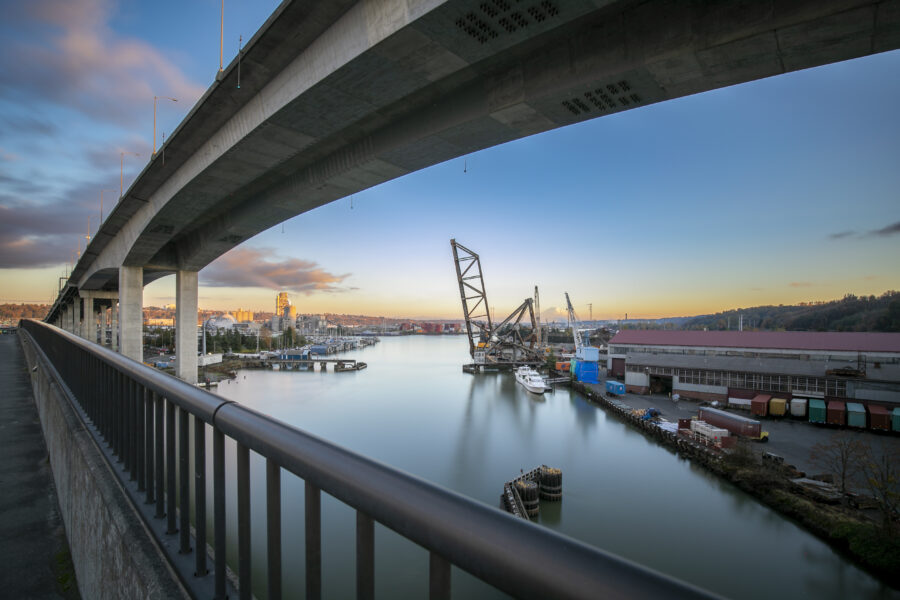Improve Mobility & Road Safety With Intelligent Transportation Systems

Transportation agencies face a big responsibility: ensuring their roads and systems are safe and efficient.
Intelligent Transportation Systems (ITS) help transportation agencies accomplish those goals by improving operations, safety and mobility – and preventing headaches for motorists and transportation officials alike.
ITS: What It Is & What It Does
ITS are advanced systems that provide an innovative suite of technologies that can be implemented for traffic management of all modes of transportation, including single-occupancy vehicles, transit, commercial vehicle operations, pedestrians and bicycles. Agencies can select from a suite of technologies using a systems-based approach – identifying their needs and choosing technologies that work in concert with each other to meet those needs. These interconnected technologies make up an ITS.
ITS are improving mobility and safety in part through altering the way motorists drive by giving them the safety and travel time information they need to make informed decisions. They are also changing and improving the way tolling authorities, departments of transportation (DOTs), municipalities and transit authorities make decisions around traffic management.
Increase Safety
Ensuring the safety of all road users is a priority for transportation agencies– and one of the several advantages when applying ITS design and technology into transportation projects.
ITS can collect data to be used to predict the likelihood of a crash. The technology can also detect and verify incidents, improve incident response time and provide safety messaging for the traveling public if an incident or crash has occurred on their route.
Increase Mobility
Traffic and congestion are frustrating for both road users and agencies. By delivering crucial updates and information to travelers, ITS technology can help ease those frustrations.
For example, ITS can be used as a mobility tool to track travel time data on a roadway or through a work zone, so drivers can make educated choices throughout their trips. This benefit allows drivers to get to where they need to be without the frustration of congestion. Improved signal timing is another benefit of ITS. There are multiple additional benefits of this smart technology, including:
- Improved air quality and reduced fuel consumption
- Reduced traffic congestion and time- savings for commercial and emergency vehicles, buses and the public
- Reduced number of serious crashes
- Potential reduction in aggressive driving behavior, including red-light running
- Postponed or eliminated need to construct additional road capacity
In turn, this helps both the traveling public and the transportation agency managing that roadway to make more informed decisions on the road.
Overall, ITS helps transportation agencies communicate effectively and efficiently with drivers, transit riders, cyclists and pedestrians in real-time. This results in less stress for both road users and transportation agencies. Whether it’s through providing accurate travel time to drivers, accurate origin-destination data, enhancing incident detections or improved incident response times, ITS can benefit both transportation agencies and the public.
Moving Forward to Implementing ITS
From providing accurate travel time to drivers and accurate origin-destination data to enhancing incident detections and improving incident response times, ITS has many benefits.
Whether you have an existing ITS or are trying to implement this technology for the first time, RS&H has the expertise to address your needs including planning, design and testing.
Together, we can leverage technology to improve mobility, safety and road operations – and reduce the amount of stress placed on your transportation organization.
Learn more about our transportation services to find your best road forward.




